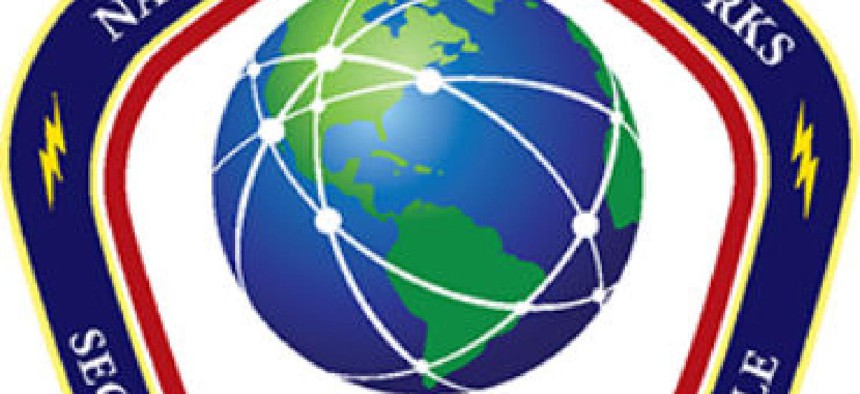Navy trims NGEN transition timeline

The transition of the Navy-Marine Corps Intranet to a new government-owned system had been delayed by bid protests and the government shutdown, but

The Navy and the services contractor for its Next Generation Enterprise Network (NGEN) have shortened the time line to transition to a new structure for the massive Intranet.
The $3.5 billion NGEN contract is a follow-on to the Navy-Marine Corps Intranet. It converts the massive NMCI network -- a contract originally awarded in 2000 that is the largest outsourced federal IT program -- to a government-owned system with about 400,000 seats and 800,000 users. A team of contractors led by Hewlett-Packard Enterprise Services will operate most of NGEN, but the U.S. Marines will both own and operate their portion of the network.
NGEN's implementation has been delayed by bid protests and by the government shutdown last fall, requiring new a new transition timeline to be worked out, U.S. Navy Capt. Michael Abreu said at an April 4 press briefing in Washington. According to Abreu, who is the Navy's NGEN contract manager, the contract has a 400-day transition period.
Abreu and Bill Toti, HP's vice president for Navy and Marine Corps accounts, said the new timeline has the Navy and Hewlett-Packard completing the transition by December. That would cut 88 days from the contractual 400 day-period that had been extended by initial protests from Harris Corp. and Computer Sciences Corp. last summer, and by the government shutdown in the fall. The Government Accountability Office denied Harris' protest in a November ruling, while CSC dropped its protest in August.
Initially, network capabilities provided under NGEN will remain the same as the services provided by the NMCI contract in 2010 and network users won't see many differences. The differences, Abreu said, will come on back-end kinds of operations that top-level IT Navy managers deal with, like service ordering and provisioning and other support functions.
The new infrastructure/services model is aimed at increasing government operational and design control of the network, but will also give the Navy better insight into costs and cost efficiencies.
The Navy is already seeing some of those benefits, according to Abreu. With the new ability to see down into services structures and pricing, the Navy is seeing about $20 million in monthly savings compared to older contracts.
By acquiring the NMCI network infrastructure and leaving the services to NGEN provider H-P, the Navy strengthens it capabilities significantly, according to Toti. As the NMCI evolved, Abreu said, the Navy started thinking of it as a weapons system, not simply as infrastructure that supported the Navy's business operations.
Owning the network, he said, allows the Navy to make more strategic decisions regarding the equipment, while allowing H-P to managed what services traverse it.
Abreu said the new structure of NGEN and NCMI was saving over $1 billion in defense money -- reiterating projections made by Sean Stackley, assistant secretary of the Navy for research, development and acquisition, when the NGEN contract was first awarded.
NEXT STORY: A mixed forecast for dark cloud services





